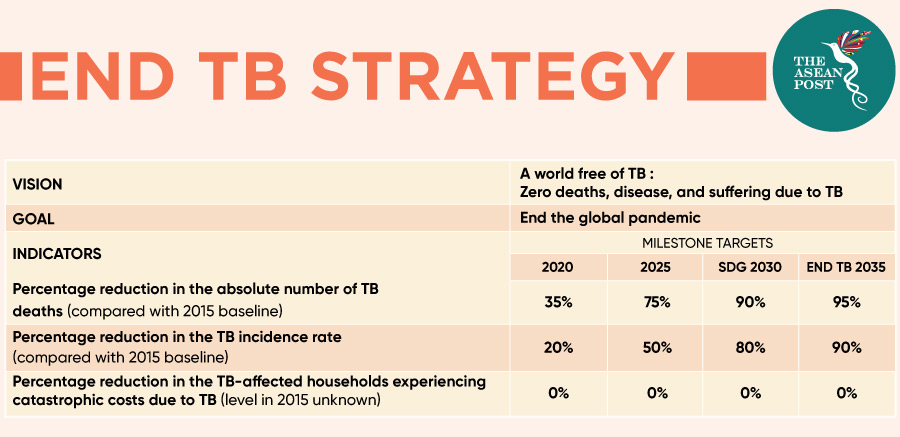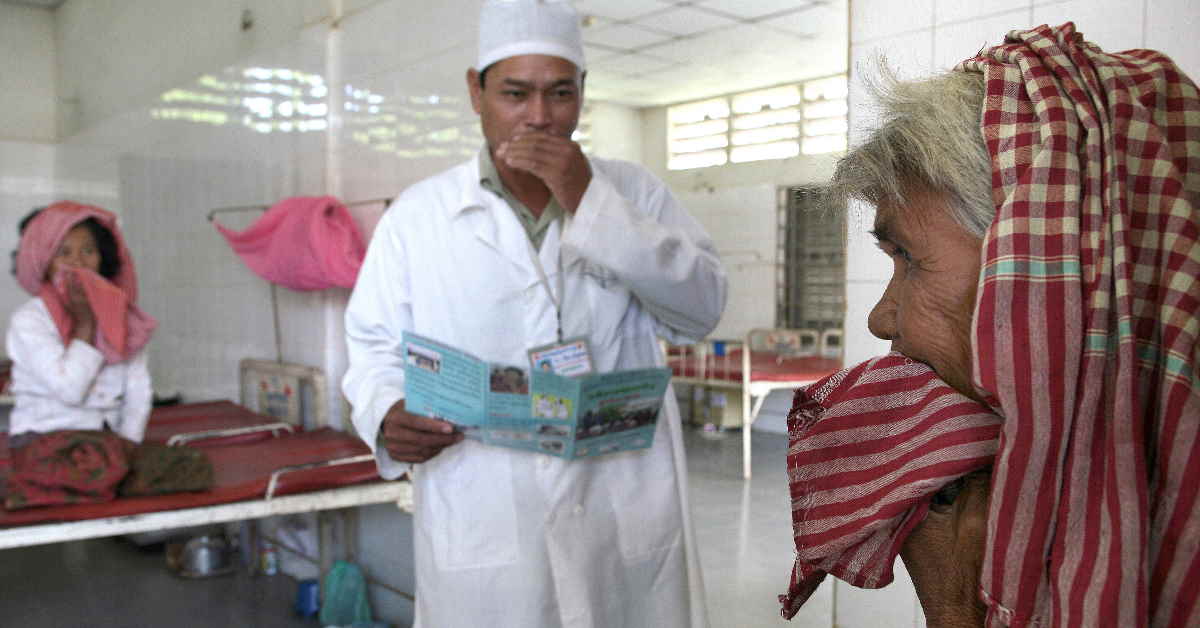The world greeted 2020 with sadness and fear as the deadly COVID-19 pandemic which emerged late last year continues to kill people worldwide. While nations across the globe are trying to contain the deadly new virus which has already killed 16,000 people, another disease that appeared a long time ago is continuing to infect people daily. Each year, the United Nations (UN) dedicates 24 March as World Tuberculosis Day to raise public awareness about the devastating health, social and economic consequences of tuberculosis (TB).
According to the Centers for Disease Control and Prevention (CDC) in the United States (US), TB is caused by the bacterium named Mycobacterium tuberculosis which typically attack the lungs. However, the TB bacteria can also harm other parts of the body such as the kidneys and brain. There are two types of TB-related conditions which are; latent TB infection (LTBI) and TB disease. A person who has LTBI generally does not feel sick and cannot spread the disease to others. However, for those with TB disease – it could be fatal if not treated properly.
Based on reports, TB is an airborne disease that is spread from person to person through the air. Statistics from World Health Organisation (WHO) states that TB is one of the top 10 causes of death in the world. It was reported that in 2018, around 10 million people fell ill from the disease. Everyone is at risk of TB and the disease does not target a specific gender or age group. However, it is said that the disease mostly affects adults in their most productive years.
TB is a curable and preventable disease. The Bacille Calmette-Guérin (BCG) vaccine is a vaccine for the disease. In many countries, children will receive the BCG vaccine to prevent childhood tuberculous meningitis. Nevertheless, according to media reports, the BCG vaccination will not stop one from being infected with TB as an adult. A specialist who spoke to the media but requested anonymity, said that 75 percent of TB deaths involved young adults who lose the strength of the BCG vaccination, making them vulnerable to the disease.
The WHO indicated that eight countries across the globe accounted for two thirds of all TB cases in 2018; India led the count, followed by China, then ASEAN member state Indonesia and the Philippines, Pakistan, Nigeria, Bangladesh and South Africa.
According to reports, tuberculosis in Southeast Asia is responsible for 44 percent of cases and 50 percent of deaths from the disease.
It’s time
The theme for this year’s World Tuberculosis Day is ‘It’s time’, which emphasises the urgency to act on the commitments made by global leaders to scale up access to prevention and treatment of the disease.
According to the WHO’s ‘Global Tuberculosis Report 2019’, the organisation aims to end the TB epidemic by 2035, within the context of the UN’s Agenda for Sustainable Development, and based on the WHO’s End TB Strategy.
Referring to the Sustainable Development Goals (SDGs), which is a collection of 17 global goals designed to achieve a better and more sustainable future – one of its targets is to end the epidemics of AIDS, TB, malaria and other diseases by 2030. This is under SDG Goal 3, which is to ensure good health and wellbeing.

In Southeast Asia, it is estimated that TB makes over four million people sick annually, killing more than 650,000 individuals. Based on media reports, the region has been doubling its investment in TB programs to intensify active case findings, harnessing new technologies for diagnosis and treatments among other efforts. However, more strategies are needed to help eliminate the disease. It was reported that the region’s new action plan to combat TB could help reduce cases by an additional 12 to 15 percent each year.
One of the strategies is to extend treatment from selected groups such as people with HIV – who are 19 times more likely to develop active TB – to everyone who lives with a person having the disease. This means that both – patients with TB and their close contacts – will receive treatment and TB preventative therapy, respectively.
Regional efforts and strategies can also be seen taking place to end the disease. For example, Indonesia – the country with the third highest TB caseload internationally – had a TB training partnership between Indonesian and Australian institutions which ran in 2018 to strengthen the local capacity to meet the WHO’s End TB Strategy targets, according to a report titled, ‘Training for Tuberculosis Elimination in Indonesia: Achievements, Reflections, and Potential for Impact’ that was published by the MDPI, a Switzerland-based organisation for peer-reviewed journals.
With the world’s current fears and focus solely on COVID-19, will there be a halt in the progress to eliminate another perennial infectious killer? Can the End TB Strategy meet its goal to end the disease by 2035?
Related articles:
